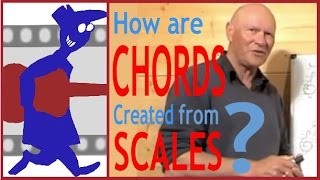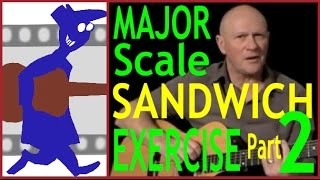ii V I chord progression exercise part 1
Published on 26 January 2016
ii V I chord exercise round circle of fourths. Playing 2 5 1 in every key. Establishing a testbed to try out ideas based on 2 5 1 progressions.
From the Secret Guitar Teacher Site : http://secretguitarteacher.com/youtube/ssb.php?lp_id=869
Here's the script for this video:
At the heart of most Jazz chord progressions lies a three-chord sequence we call the 2-5-1 sequence. In this mini-series of Secret Sound Bites we are not going to delve too deep into the theory side of this.
If you would like a better grasp of the theory, contact me via the Help and Support section of the SGT site and I'll happily point you in the right direction to help with that.
But now I want to focus on showing you how to create a nice practical test-bed that you can use to work on all the many improvising and compositional ideas associated with the basic 2 5 1 idea. Linking neatly to the previous mini-series of lessons - we are going to continue working with the circle of fourths.
So first let's look at one way we can fit our 2 5 1 chord pattern into the circle of fourths. For our first 2 5 1, I am going to designate D Major as our key. So I'll make our target chord DMaj7. This means our 2 chord will be Em7 and our 5 chord A7.
First I want you to find the three root notes EA and D.And notice that these are the root notes that we used at the start of the previous exercise and that they form part of the circle of fourths pattern.
It doesn't actually matter which voicing we use for the chords, as long as it's a root position chord and not an inversion, but for Em7I'm going to use this shape which conforms to the actual notes shown on the diatonic series I wrote out for you here. These are known as drop 2 voicings because the bass note has been dropped from the second position down in the chord.
These voicings are used a lot in jazz guitar because they are relatively easy to finger for all chord types commonly used, and because they always use four adjacent strings, keeping the tone of the chord compact and consistent.
So my first three chords are Em7A7and Dmaj7. So that's one bar of chord 2 , one bar of chord 5and two bars of chord 1. Next we simply change the DMaj7 chord to Dmin7and shift our thinking down a tone to the key of C Major so this is now our 2 chord ...and G7 will be our new 5 chord and CMaj7 our new 1 chord.
And then we convert Cmaj7 to Cmin7 and our target becomes Bb Maj7 so our new 2 5 1 sequence is Cm7.
F7 and Bb Maj7then we convert that to Bbm7 and thinking in the key of Ab major we continue with Bbm7 Eb7 AbMaj7 then Abm7 Db7 Gbmaj7.
At this stage, as you may have noticed in previous lessons, I shyly convert the key of Gb major with its six flats to the enharmonic equivalent key of F# major with its 6 sharps to avoid heading off into the complexities of the key of Fb major with its eight flats including B double flat.
So I convert Gbmajor7 to F#major7 then to start our next 2 5 1, I can think of this as F#m7leading to B7 and back to Emaj7 which takes us back to where we came in
So that's what I call a 2 5 1 test-bed. Have a go at getting used to playing that and to getting your ears accustomed to the sound as the key centres change
In the next sound bite, I'll start showing you some of the things we can use this testbed for.
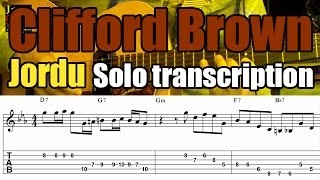 Clifford Brown solo transcription - jazz guitar le...
Clifford Brown solo transcription - jazz guitar le...
 Moon River - Jazz Guitar Chord Melody - Lesson Wit...
Moon River - Jazz Guitar Chord Melody - Lesson Wit...
 BARRE CHORDS - CAGED SYSTEM explained - CHORD SHAP...
BARRE CHORDS - CAGED SYSTEM explained - CHORD SHAP...
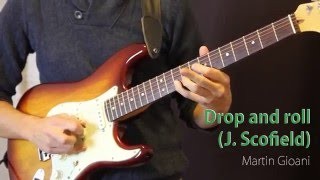 Drop and Roll : improvisation (John Scofield)
Drop and Roll : improvisation (John Scofield)
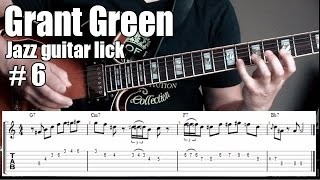 Grant Green jazz guitar lesson - Lick # 6 - Dimini...
Grant Green jazz guitar lesson - Lick # 6 - Dimini...
 Jazzed Blues Guitar Lessons - Mark Stefani - Lick...
Jazzed Blues Guitar Lessons - Mark Stefani - Lick...
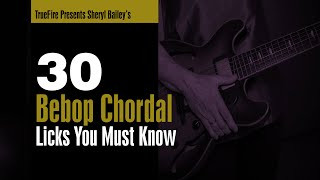 🎸 Sheryl Bailey's 30 Bebop Chordal Licks You MU...
🎸 Sheryl Bailey's 30 Bebop Chordal Licks You MU...
 MathGames! Faster-Faster Again
MathGames! Faster-Faster Again
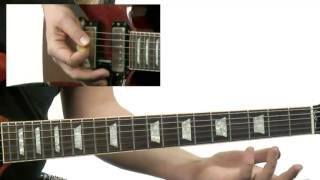 50 Hard Rock Licks - #21 - Guitar Lesson - Angus C...
50 Hard Rock Licks - #21 - Guitar Lesson - Angus C...
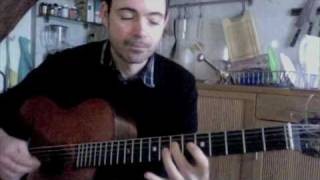 Gypsy Jazz - Killer 'Must Know' Licks for Dom7th -...
Gypsy Jazz - Killer 'Must Know' Licks for Dom7th -...

